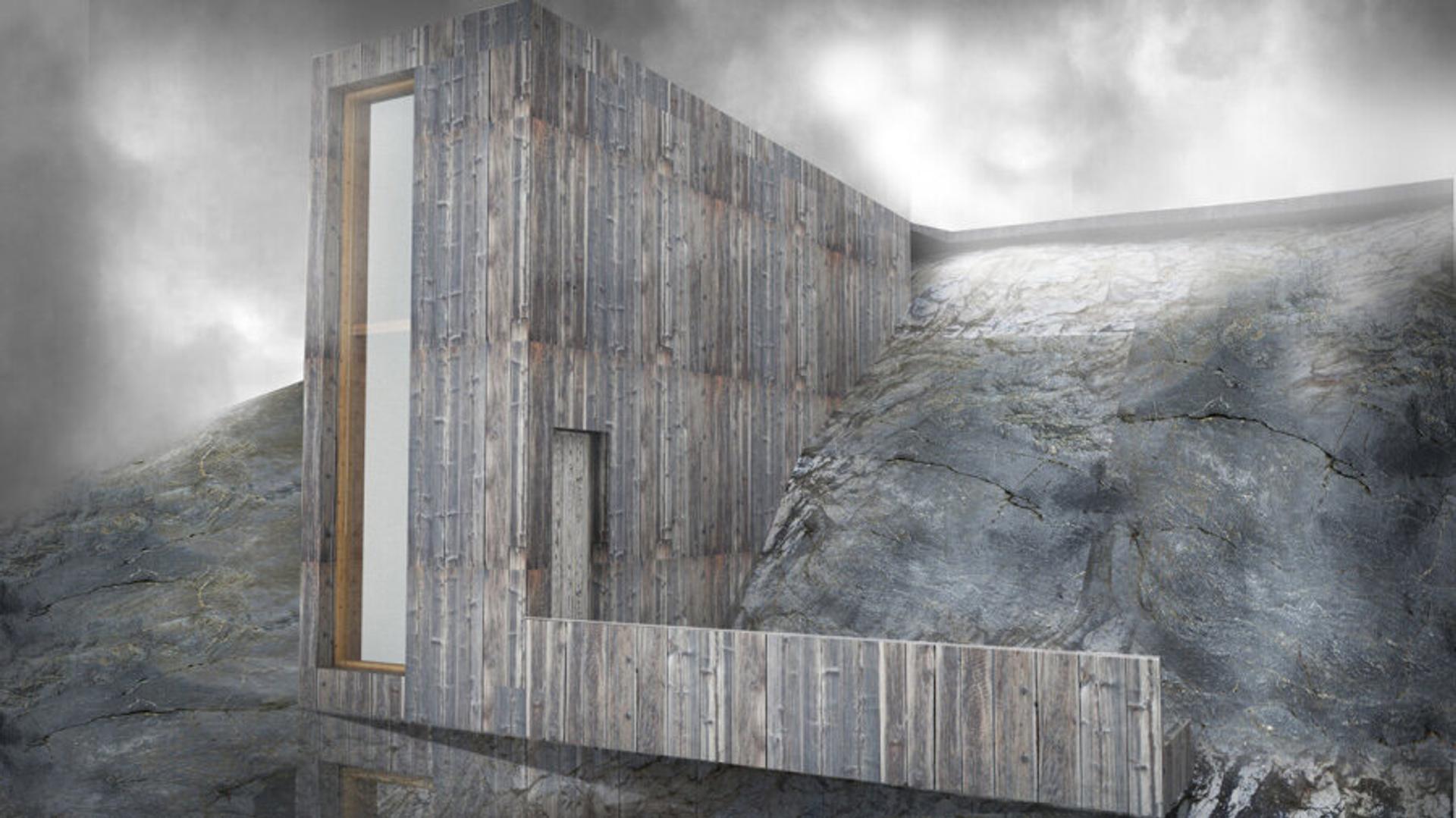Norwegian timber architecture: sustainable and aesthetic

Norway has a long tradition of building with wood dating back to the Viking ships, which could stand up to rough waters and bend and twist with the waves. There is also much knowledge and inspiration to be found in the Middle Ages, when the first wooden stave churches were built – many which still stand today.
“We are using timber in a way that others haven’t been doing and much more sustainably than many others are able to,” says Børre Skodvin, partner at Jensen & Skodvin Arkitekter (JSA).

Many properties, one material
The same properties that made timber a popular material among the Vikings can be applied to modern buildings. Naturally high-tech, timber elements vary in flexibility, enabling structures to withstand the effects of climate change, such as hurricanes. With today’s advanced tools and methodologies, timber now rivals the strength of conventional materials, such as concrete and steel.
“As the world gets wilder and wetter, there’s growing global interest in advanced timber architecture,” Skodvin adds.

The building sector is increasingly seeking cradle-to-cradle solutions to address the influx of people into cities and to meet the stricter environmental regulations that are being adopted worldwide. Timber fits the bill here as well, as it is renewable, generally locally sourced and has a small carbon footprint and a shorter building time than conventional materials.
The race to build taller and bigger timber buildings resembles what we experienced 100 years ago with concrete, according to Jørgen Tycho at Oslotre, a Norwegian architecture consultancy specialising in timber construction.
“Consumers are increasingly concerned with the climate crisis and are tired of living and working in plaster boxes. They don’t want to build something that they will regret later,” Tycho emphasises.

From design to assembly
“By its nature, timber architecture is earthbound, drawn by and for people,” underlines Dan Zohar at Haugen/Zohar Arkitekter (HZA), an Oslo-based architecture firm that specialises in projects addressing social and environmental challenges.
Timber is particularly useful in densely populated areas where land is scarce and expanding upwards is advantageous, Zohar explains. HZA is currently working with Technion – Israel Institute of Technology to transform existing structures by adding a lightweight and flexible timber structure on top of an existing building.

Simply beautiful
Architects are also drawn to the aesthetics of timber.
“The buildings appear as if they belong there and give inhabitants a sense of belonging,” explains Børre Skodvin at JSA. “We are advocating an architecture that introduces something to the building beyond just colours. Something that appeals to people and inspires them to conserve the building and maintain it over a long time.”

Advanced timber products make designs feasible
To transform their vision into a durable, beautiful structure, architects often need more than timber in its raw form. Advanced timber-based products share the many benefits of timber. They can even “lock in” the carbon absorbed by the tree they were made from.
Glulam, for example, is manufactured by bonding together small sheets of timber with structural adhesives – a process using two to three times less energy than the production of steel beams. Glulam beams offer greater design flexibility than conventional steel, reinforced concrete or traditional timber construction, as they can span large distances without intermediate columns and can be used in curved structures.
Dan Zohar puts it bluntly, “With so many good properties in one material, the question today, is not why to build with timber, but rather the opposite. We need to have very good arguments if we are to build with other materials.”

Addressing every aspect of sustainability
Timber architects are continuing to explore how to utilise timber, timber products and technology to design attractive structures that are tailored to the needs of sites and users, while remaining environmentally, economically and socially sustainable.
“We are determined to make great timber architecture: We believe that if we are making architecture to last, it will be something that people love and is sustainable,” says John Haddal Mork at Rallar Arkitekter.

